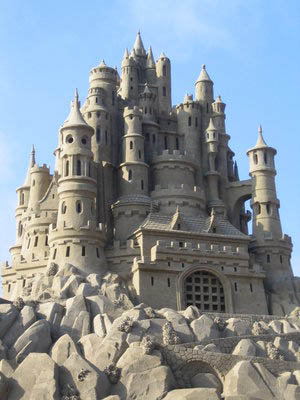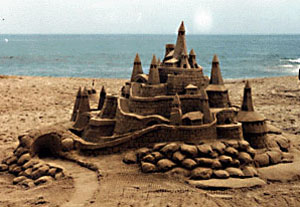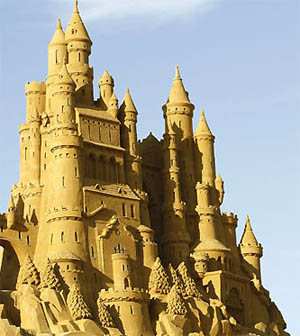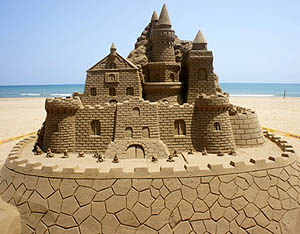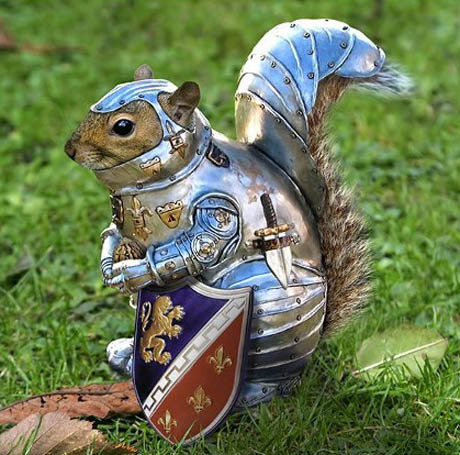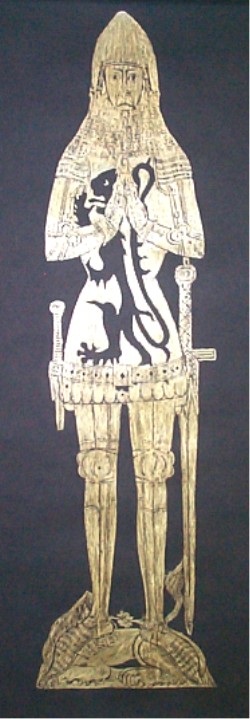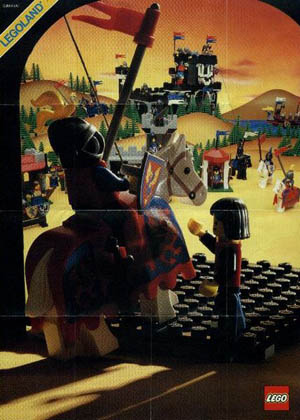Castles For Kids |
|
|
|||||||||||||||||||||||||||||||||||||||||||||||||||||||||||
|
|
Children's Castles |
|
|||||||||||||||||||||||||||||||||||||||||||||||||||||||||
|
|
|||||||||||||||||||||||||||||||||||||||||||||||||||||||||||
|
|
Sand CastlesSome above average sand castles to emulate.
|
|
|||||||||||||||||||||||||||||||||||||||||||||||||||||||||
|
|
|
|
|||||||||||||||||||||||||||||||||||||||||||||||||||||||||


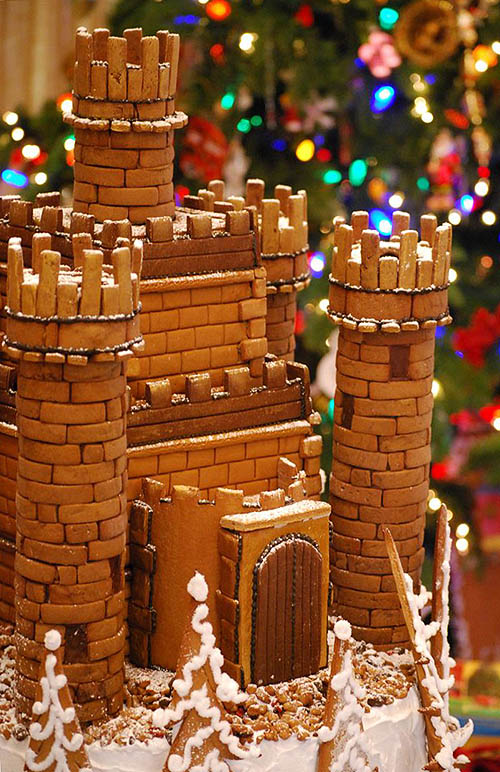 |
And an ice castle
|
||||||||||||||||||||||||||||||||||||||||||||||||||||||||||
|
Since 1989, a World Championship in Sand Sculpture has been held in Harrison Hot Springs ( Canada, BC), also known as "Harrisand". The competition has solo, double and team categories. The world's tallest sandcastle was built on Myrtle Beach in South Carolina as part of the 2007 Sun Fun Festival. The structure was 49.55 feet (15.1 m) high. It took 10 days to construct, and used 300 truckloads of sand.
|
More at Sand Castle Central. Tips and tricks for building better sand castles World Championship Sand Sculpture.
|
|
|||||||||||||||||||||||||||||||||||||||||||||||||||||||||
|
|
|||||||||||||||||||||||||||||||||||||||||||||||||||||||||||
Quiz
Which of the following animals really wore chainmail or plate armour in the Middle Ages? |
|
||||||||||||||||||||||||||||||||||||||||||||||||||||||||||
|
|
||||||||||||||||||||||||||||||||||||||||||||||||||||||||||
Quiz Answer
|
|
||||||||||||||||||||||||||||||||||||||||||||||||||||||||||
|
|
|||||||||||||||||||||||||||||||||||||||||||||||||||||||||||
|
|
|||||||||||||||||||||||||||||||||||||||||||||||||||||||||||
|
|
Bouncy CastlesWhat Parents need to Know .
|
|
|||||||||||||||||||||||||||||||||||||||||||||||||||||||||
|
|
Bouncy castles are structures made of a flexible outer membrane or fabric that is filled with gas, such as air or helium. The gas gives shape and strength to the structure. Bouncy castles have been marketed with such names as Bounce house, Moon Bounce, Astrojump, Moonwalk, Jolly jump and Spacewalk. The terms Bouncy Castle or Inflatable Castle are used in Ireland, the UK, New Zealand and parts of Australia, and Jumping Castles in Arizona, Australia, Canada and South Africa. The term moonwalk has become a generic term for enclosed inflatable trampolines in the US.. Bouncy Castles are rented for functions, school and church festivals and village fetes. Although they are aimed at children, adult castles can be hired in the UK. Because of liability concerns, they are rarely rented to adults in the US. The growth in popularity of Bouncy Castles has led to an inflatable rental industry which includes inflatable slides, obstacle courses, and games. Inflatables are ideal for portable amusements because they are easy to transport and store. The first inflatable structure was designed in 1959 by John Scurlock in Shreveport, Louisiana who was experimenting with inflatable covers for tennis courts when he noticed his employees enjoyed jumping on the covers. He was a mechanical engineer and became a pioneer of inflatable domes, inflatable tents, inflatable signs. His greatest achievement was the invention of the safety air cushion that is used by fire and rescue departments to catch people jumping from buildings or heights. The surfaces are typically composed of thick, strong PVC or vinyl and nylon, and the castle is inflated using an electric or petrol-powered blower. The principle is one of constant leakage, meaning small punctures are not a problem - a medium-size "bouncy castle" requires a fan with a mechanical output of about two horsepower (consuming around 2 kW electrical power, allowing for the efficiency of the motor). UK and Australian bouncy castles have specifications calling for fully inflated walls on three sides with an open front and foam "crash mats" to catch children who may jump or fall out of the structure. Cheaper inflatable structures are usually made of polyester rather than nylon PVC and do not use a blower, instead they are inflated with a pump similar to an airbed. They do not last as long and it is illegal in the UK and USA to hire these out. Another type of home-use inflatable has evolved, with a blower pumping in air continuously. Pores in the seams and material allow air to escape as kids play, while the blower continues to inflate the unit. This category has emerged as a response to parents who wish to buy an inflatable for home use. In 2005 the most severe standards in the construction of an inflatable amusement were adopted nationally in Australia, forming Federal Standard AS3533.4. This was a landmark safety standard bringing the toughest design/construction/operation standards to the inflatable industry of Australia. In 2006 the European Union (EU) followed and introduced similar Federal standards throughout Europe called EN14960:2006 A theatrical group named "The Strolling Theatricals" has started performing Shakespear's tragedies on bouncy castles at the Edinburgh Festival Artwork on most inflatable structures is hand-painted. It is cheaper for an artist to paint inflatables than to buy a printing machine or pay for a professional printer to print the artwork for a small quantity of inflatables. For those wishing to have inflatables professionally printed, rather than painted, two technologies exist. One is to use screenprinting and the other uses digital printing machines which can print onto nylon. Usually, if the printing method is used then white PVC must be used and a pattern or artwork printed onto this. Digital printing allows photographic quality pictures, something which is either difficult or impossible with hand-painting. Hand-painting is more durable as the paints tend to last longer in water, rain, and handling than printouts. It is also better for "cartoon" style images, which is the norm on children's inflatables. The record for "Longest marathon on a bouncy castle (team)" is 25 hr 25 min, set by Will Scogin, Patrick Taylor, Miller Wright, David Wilson, Forrest Haynes and Jimbo Wilhite (all from USA) at Northridge High School, Tuscaloosa, Alabama, USA, on 10–11 October 2008
. |
|
|||||||||||||||||||||||||||||||||||||||||||||||||||||||||
|
|
|||||||||||||||||||||||||||||||||||||||||||||||||||||||||||
|
|
Brass Rubbings of Knights |
|
|||||||||||||||||||||||||||||||||||||||||||||||||||||||||
|
Engraved images of prominent people, who lived in the Middle Ages, were set into the floor or wall of their local parish church as a memorial or grave marker Brass rubbing is the practice reproducing onto paper monumental brasses – commemorative brass plaques found in churches, usually originally on the floor, from between the 13th and 16th centuries. The concept of recording textures of things is more generally called making a rubbing. Brass rubbings are created by laying a sheet of paper on top of a brass (actually called "latten" - an alloy of brass and nickel) and rubbing the paper with graphite, wax, or chalk, a process similar to rubbing a pencil over a piece of paper placed on top of a coin. Rubbings were most commonly made using the equivalent of what we would call "butcher's paper" (a 22-30 inch-wide roll of whitish paper) laid down over the brass and rubbed with "heelball", a waxy glob of black crayon once used to shine shoes. Nowadays most brass-rubbers purchase special paper rolls of heavy-duty black velvety material, and the crayons are silver or gold (and other colours). After the early 1970s many church authorities decided that original brasses should not be rubbed since they were being worn away by the rubbing process, and the lack of care on the part of some individuals. Brass-rubbing centres had already appeared around the U.K. and now they became the prime source for rubbings. One now rubs a replica brass, not the original. Replicas are often not the same scale as the original.
More info at www.mbs-brasses.co.uk
|
|
|||||||||||||||||||||||||||||||||||||||||||||||||||||||||
|
|
|||||||||||||||||||||||||||||||||||||||||||||||||||||||||||
|
|
|||||||||||||||||||||||||||||||||||||||||||||||||||||||||||
Family Names from Medieval Trades
In the Middle Ages most trades were inherited from father to son. When surnames came into use it made sense to identify people by their trade. So it is that the names of many trades became surnames. Here are a few of them.
Archer - One who shoots arrows Armourer - one who takes care of the armoury Arrowsmith - one who makes arrows Baker - one who bakes Bower - bow maker Bowman - one who makes bows or crossbows Brazer - one who care for the coal Brewer - one who makes ale Butler - one who attends to drink and bottles Carpenter - one who builds furniture Chamberlain - one who takes care of bedrooms and the wealth stored there Chandler - one who makes candles Constable - chief groom, stable companion Cook, Cooke - one who cooks Cooper - one who makes barrels Digger - one who digs Dyer - one who dyes clothes Falconer - One who hunts with hawks Farmer - one who farms Fishman - one who takes care of the fish Fletcher - one who makes arrows Forester - one who guards the forest Furrier - one who cares for fur Gardener - one who tends to the garden Glover - one who makes gloves Green - one who plants and cares for vegetables Hall - one who tends to the halls Harker - one who calls out messages Herald - one who calls out news, keeper of the records Houseman - one who tends to the house Hunter - one who hunts Leech - Physician Marshall - one who takes care of the stables Mason - one who constructs edifices Piper - one who plays the pipe Planter - one who plants Plumber - one who tends to the (lead) water pipes Reed, Reid - basket maker Shoemaker - one who makes shoes Shoeman - one who tends to shoes Singer - one who sings Smith - an iron worker or Blacksmith Spade - one who makes spades Tanner - one who tans animal hides Taylor, Tailor - one who sews or makes clothes Weaver - one who weaves Wright, playwright, shipwright, wheelwright - one who creates or makes things . |
|
||||||||||||||||||||||||||||||||||||||||||||||||||||||||||
|
|
|||||||||||||||||||||||||||||||||||||||||||||||||||||||||||
|
|
Castle Cakes
Some ideas for your cakes to celebrate special occasions: |
|
|||||||||||||||||||||||||||||||||||||||||||||||||||||||||
|
|
|
|||||||||||||||||||||||||||||||||||||||||||||||||||||||||
|
|
|||||||||||||||||||||||||||||||||||||||||||||||||||||||||||
|
|
|||||||||||||||||||||||||||||||||||||||||||||||||||||||||||
Medieval Resources for Kids |
|||||||||||||||||||||||||||||||||||||||||||||||||||||||||||
|
|
Merlin's Castle. Designs for a paper castle plus Merlin, Fata Morgana, and others. Follow the simple instructions to create towers, walls, a gatehouse, and drawbridge and paper models of the combatants. Kids On The Net. Kids On The Net. Ghosts in the Castle!. From National Geographic. It features an interactive tour of a castle where you meet ghosts who tell you history and facts about castles. The site features a game called Rescue at the Castle. Medieval Times Daily life and Medieval power structures. Lego Castle and Town. Tour a Lego Castle room-by-room - and learn about the Middle Ages. www.games14.net/Play_Amazing_Knight.html www.agame.com/game/Crush-the-Castle.html www.yourchildlearns.com/heraldrygame
|
|
|||||||||||||||||||||||||||||||||||||||||||||||||||||||||
|
|
|
|
|||||||||||||||||||||||||||||||||||||||||||||||||||||||||
|
|
|
||||||||||||||||||||||||||||||||||||||||||||||||||||||||||
|
|
|||||||||
| :::: Link to us :::: Castle and Manor Houses Resources ::: © C&MH 2010-2014 ::: contact@castlesandmanorhouses.com ::: Advertising ::: |
